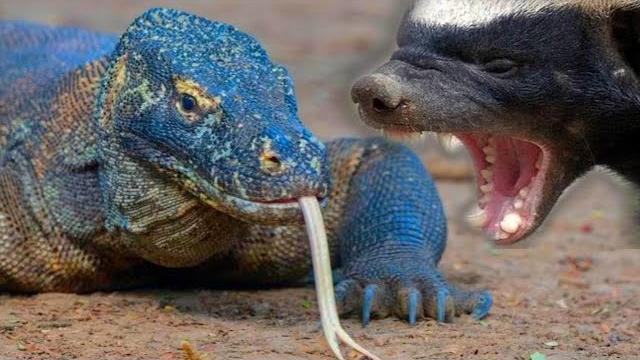The rapid expansion of urban areas in India has brought with it a host of environmental challenges. One of the most significant issues is the impact of electric wires on wildlife, particularly birds and monkeys. These wires pose a lethal threat to wildlife, causing injuries, fatalities, and disrupting their natural behavior patterns. In this article, we will explore the problem of electric wires in Indian cities, its impact on wildlife, and potential solutions.
Body: The problem of electric wires in Indian cities is multifaceted, and it has several dimensions that contribute to the challenges faced by wildlife.
- Complex Network of Wires: Electric wires are an integral part of our urban infrastructure, and they are essential for powering our homes, offices, and industries. However, the network of wires that crisscrosses the streets of Indian cities is complex and often haphazardly designed. This results in a dense and confusing web of wires that can be difficult to navigate for wildlife.
- Disrupting Wildlife Behavior: Electric wires can significantly disrupt the behavior of wildlife, particularly birds and monkeys. Birds often use power lines as perches, but when they come into contact with live wires, they can be electrocuted. Similarly, monkeys often use wires as a means of transportation, but they too can be electrocuted or get tangled in wires, resulting in injuries or fatalities.
- Impact on Biodiversity: The impact of electric wires on wildlife can have far-reaching consequences for biodiversity in Indian cities. The loss of species can lead to cascading effects on the ecosystem, which can have implications for human health and wellbeing.
Solutions:
Several solutions can help address the problem of electric wires in Indian cities and mitigate their impact on wildlife.
- Underground Cabling: One of the most effective solutions is to replace overhead wires with underground cabling. This can significantly reduce the risk of electrocution for wildlife and improve the aesthetic value of the cityscape. However, underground cabling is a costly and time-consuming process, and it may not be feasible in all areas.
- Insulation and Shielding: Another solution is to insulate and shield existing wires to prevent accidental electrocution. This can be done by installing protective coverings or using bird diverters to keep birds away from live wires. Similarly, monkey-proofing wires can prevent them from using wires as a means of transportation.
- Community Awareness: Community awareness programs can play a vital role in preventing wildlife deaths due to electric wires. Educating the public about the risks of electrocution and encouraging them to report injured or dead animals can help to reduce the impact of wires on wildlife. Similarly, promoting responsible waste disposal and reducing litter can help reduce the presence of scavenging animals near power lines.
Conclusion:
In conclusion, the complex network of electric wires in Indian cities poses a significant threat to wildlife. The impact of wires on birds and monkeys is a cause for concern and requires immediate action to protect these species. Solutions such as underground cabling, insulation and shielding, and community awareness can help to mitigate the impact of electric wires on wildlife. However, the implementation of these solutions requires the cooperation of multiple stakeholders, including government authorities, power distribution companies, and citizens. It is essential to work together to protect our urban wildlife and maintain the ecological balance of our cities.





